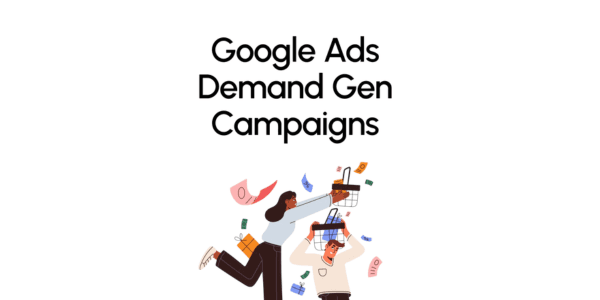Google is introducing Demand Gen campaigns this month, a new advertising tool that replaces Discovery campaigns. For advertisers, this means the opportunity to reach new audiences with greater creative freedom, including videos and lookalike audiences.
Key Changes in Demand Gen
With the introduction of Demand Gen, Discovery campaigns, which relied less on automation, are being phased out. Demand Gen utilizes machine learning to display ads, primarily aimed at generating awareness. This creates a new approach to audience targeting, similar to what advertisers are already familiar with from Meta Ads. Videos, including YouTube Shorts, play a larger role in Demand Gen, something that was not possible in Discovery.
The impact of Demand Gen on companies
Demand Gen is particularly suitable for reaching new audiences at the top of the funnel. Although the reporting of ROI or ROAS will often be lower than with traditional Google campaigns, Demand Gen offers a unique opportunity to boost brand awareness. For smaller companies with limited budgets, it can be more challenging to meet the proposed CPA targets, especially since Google recommends doubling budgets during the testing phase.
Best practices for managing Demand Gen campaigns
Google recommends a daily budget of at least 15 times your target CPA to give the system enough room to operate effectively. It is advised to implement a testing period of four to six weeks to gather sufficient data and make the right optimizations. Smaller advertisers may benefit from carefully allocating their test budgets and setting realistic expectations regarding the number of conversions.
The potential of Demand Gen
Demand Gen offers advertisers the opportunity to reach new audiences with creative and targeted advertisements. Although the results may be less directly measurable at the outset compared to search campaigns, the potential to create new demand is significant.

